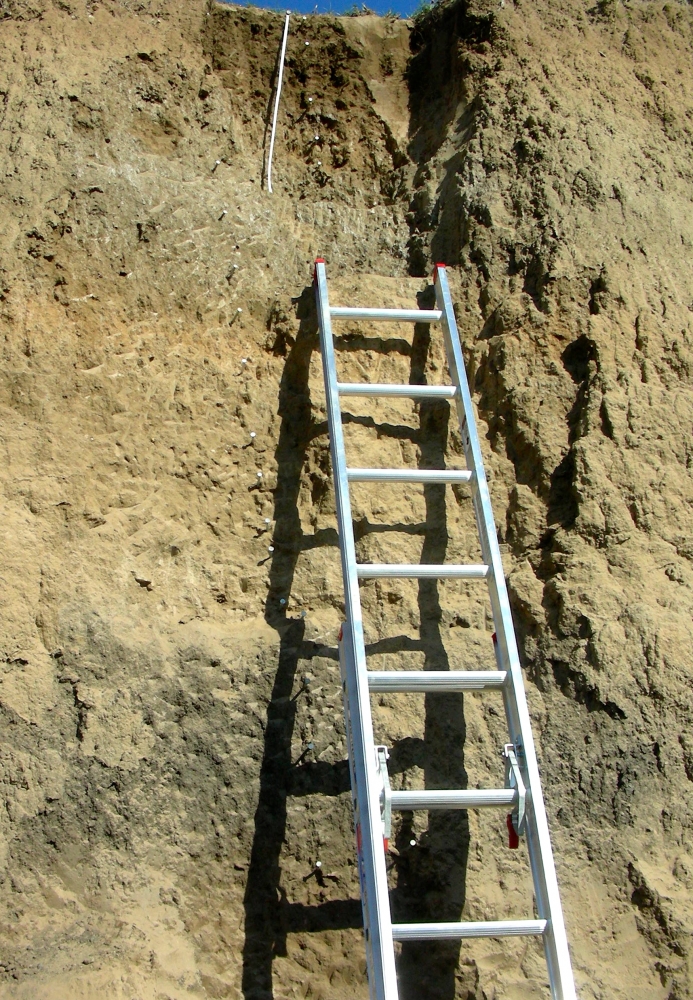
What Killed the Woolly Mammoth?


Could a comet have been responsible for the extinction of North America’s megafauna — woolly mammoths, giant ground sloths and saber-tooth tigers? UC Santa Barbara’s James Kennett, professor emeritus in the Department of Earth Science, posited that such an extraterrestrial event occurred 12,900 years ago.
Originally published in 2007, Kennett’s controversial Younger Dryas Boundary (YDB) hypothesis suggests that a comet collision precipitated the Younger Dryas period of global cooling, which, in turn, contributed to the extinction of many animals and altered human adaptations. The nanodiamond is one type of material that could result from an extraterrestrial collision, and the presence of nanodiamonds along Bull Creek in the Oklahoma Panhandle lends credence to the YDB hypothesis.
More recently, another group of earth scientists, including UC Santa Barbara’s Alexander Simms and alumna Hanna Alexander, re-examined the distribution of nanodiamonds in Bull Creek’s sedimentological record to see if they could reproduce the original study’s evidence supporting the YDB hypothesis. Their findings appear in the Proceedings of the National Academy of Science.
“We were able to replicate some of their results and we did find nanodiamonds right at the Younger Dryas Boundary,” said Simms, an associate professor in the Department of Earth Science. “However, we also found a second spike of nanodiamonds more recently in the sedimentary record, sometime within the past 3,000 years.”
The researchers analyzed 49 sediment samples representing different time periods and environmental and climactic settings, and identified high levels of nanodiamonds immediately below and just above YDB deposits and in late-Holocene near-surface deposits. The late Holocene began at the end of the Pleistocene 11,700 years ago and continues to the present. The researchers found that the presence of nanodiamonds is not caused by environmental setting, soil formation, cultural activities, other climate changes or the amount of time in which the landscape is stable. The discovery of high concentrations of nanodiamonds from two distinct time periods suggests that whatever process produced the elevated concentrations of nanodiamonds at the onset of the Younger Dryas sediments may have also been active in recent millennia in Bull Creek.
“Nanodiamonds are found in high abundances at the YDB, giving some support to that theory,” Simms said. “However, we did find it at one other site, which may or may not be caused by a smaller but similar event nearby.”
A “recent” meteorite impact did occur near Bull Creek but scientists don’t know exactly when. The fact that the study’s second nanodiamond spike occurred sometime during the past 3,000 years suggests that the distribution of nanodiamonds is not unique to the Younger Dryas.



